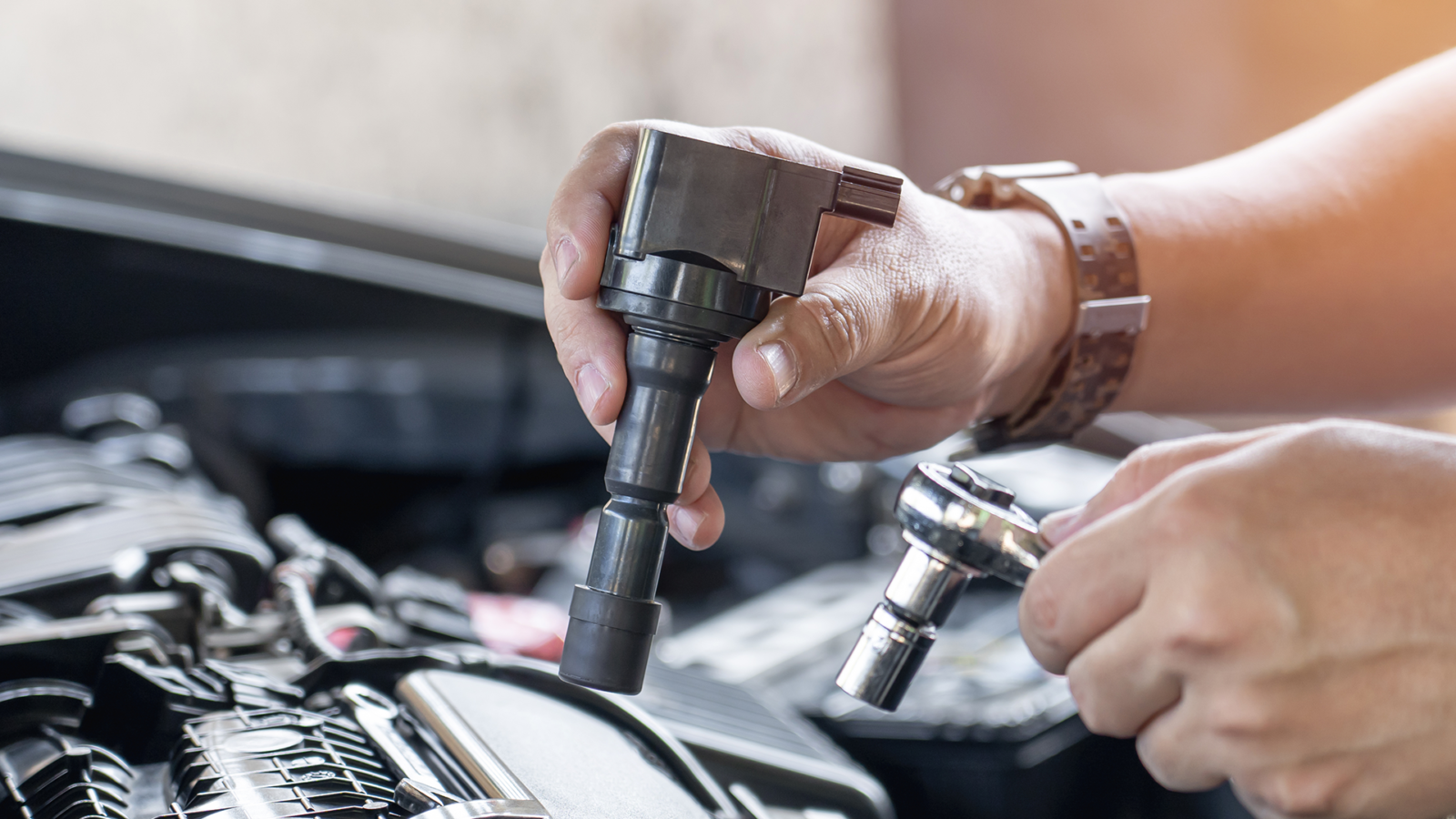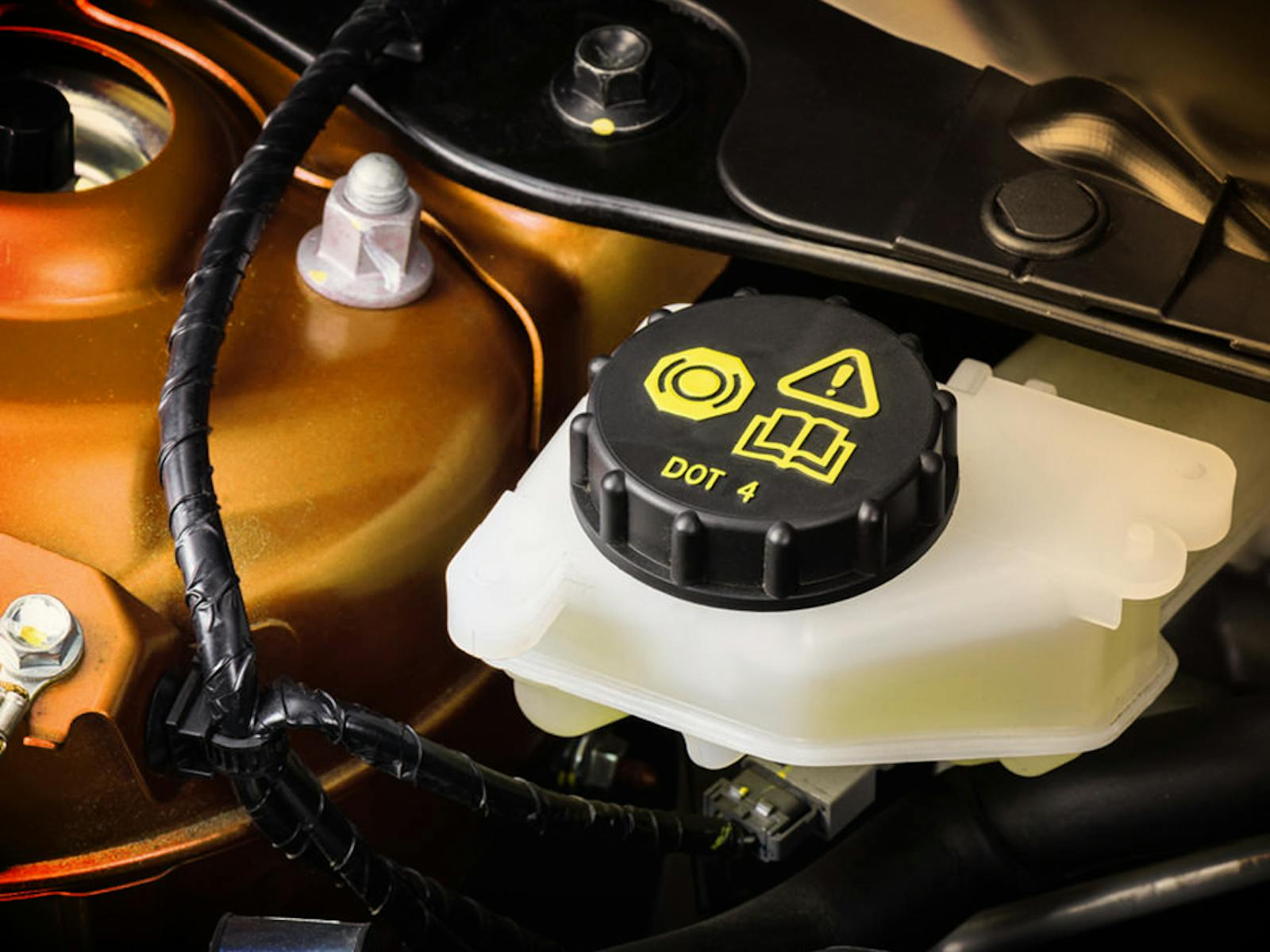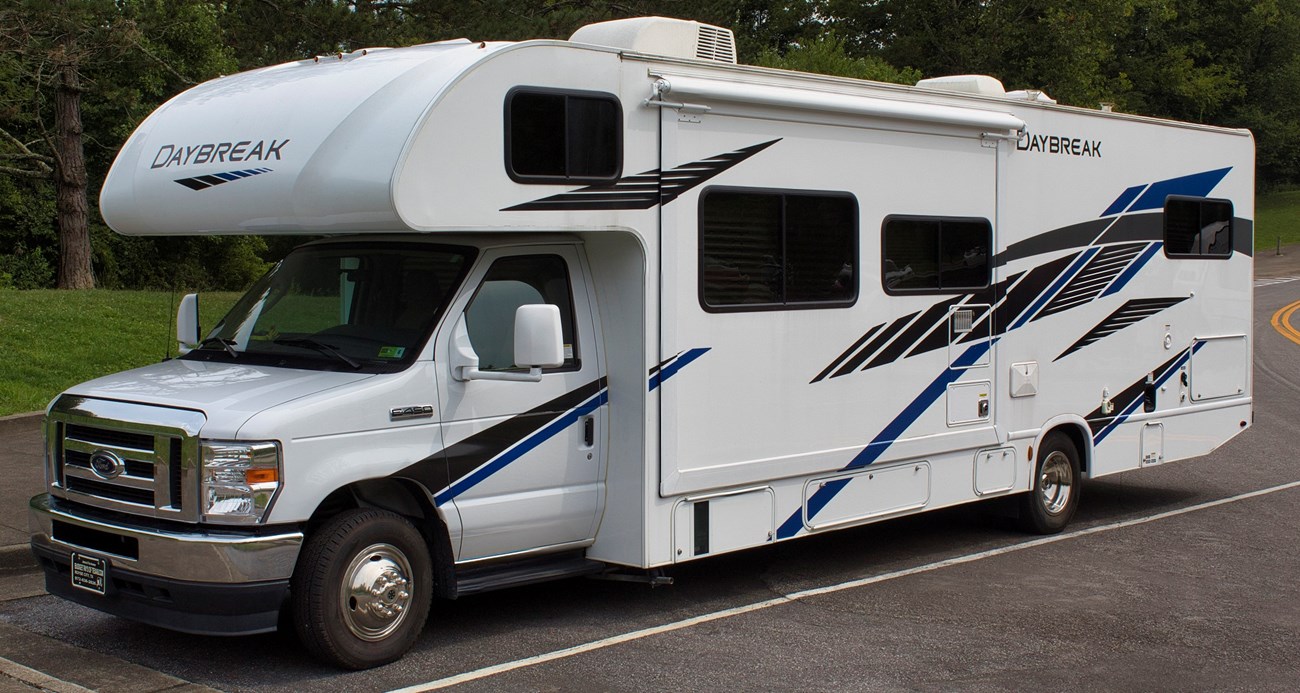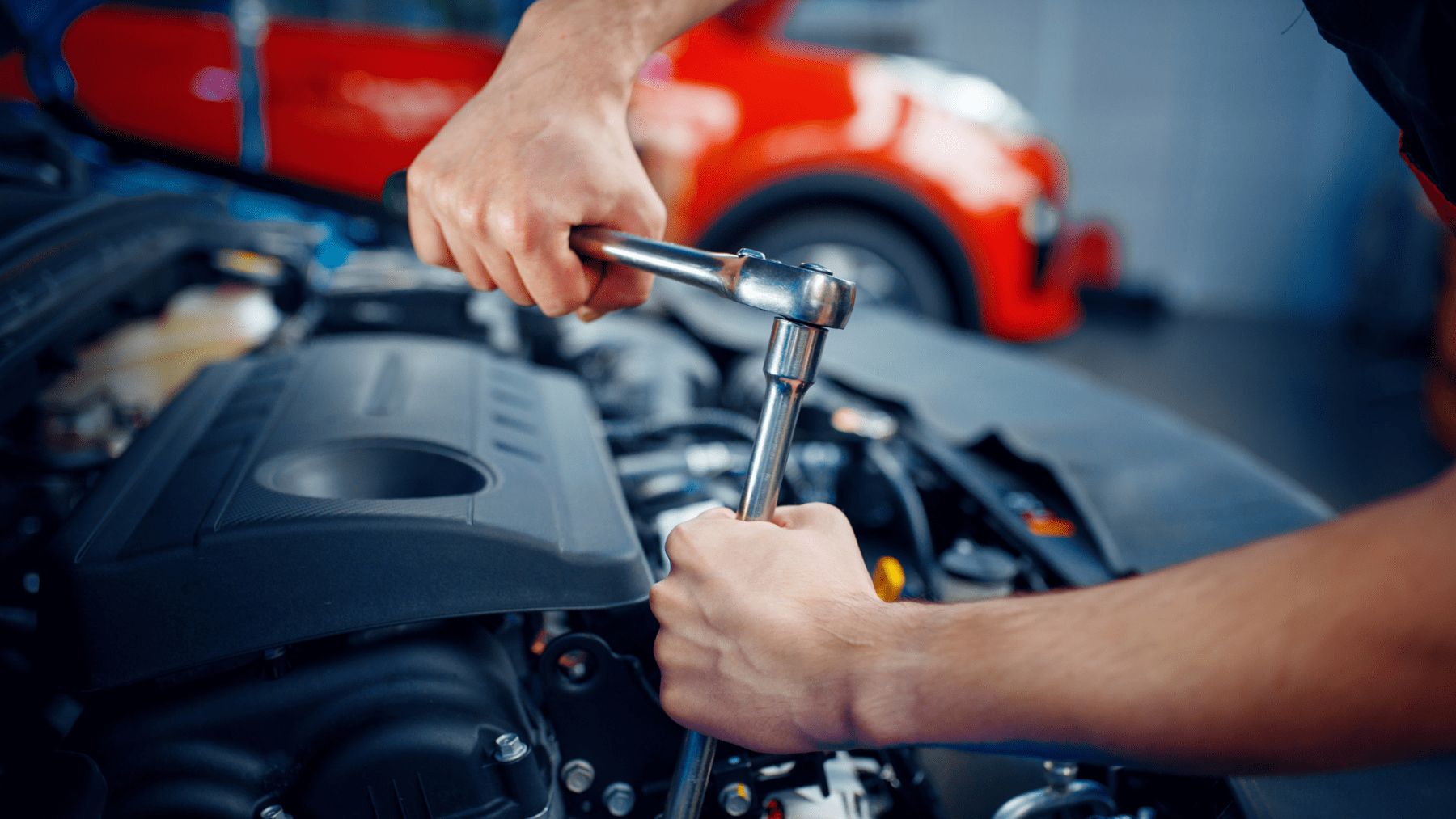An ignition coil, as its name suggests, plays a vital role in igniting the engine. This small yet potent device delivers up to 60,000 volts of power to the spark plugs to ensure your vehicle’s smooth operation. You can find the ignition coil nestled within the engine compartment. The heart of your vehicle’s performance lies in its ignition system, with the ignition coil playing a starring role. Keeping it maintained will help to have a smooth, efficient drive.
What does an ignition coil do?
The ignition coil functions as a power transformer. It takes the 12-volt charge from your car battery and transforms it into something much more potent. This converted voltage, which can reach up to 60,000 volts, is what your spark plugs need to ignite the fuel-and-air mixture within the engine’s combustion chambers. Without a functioning ignition coil, the spark plug would not receive the necessary voltage to create the spark needed to ignite the fuel-air mix.
Where is it? The location of your ignition coil depends on the make and model of your vehicle. One common location is attached to the spark plugs on top of the engine block.
Types of ignition coils
Understanding the different types of ignition coils can be incredibly helpful, especially when it comes to maintaining your vehicle or diagnosing potential problems.
Canister-style coils
Conventional ignition coils, often referred to as canister-style coils, were very common in older vehicles. The design of these coils is quite simple: A metal canister houses the primary and secondary windings. They typically sit outside the engine and are wired to a distributor, which then takes on the responsibility of distributing the high voltage from the coil to the spark plugs. Despite their simplicity, conventional ignition coils are known for their durability and reliability.
Distributor less ignition system (DIS) coils
As technology advanced, so did ignition coils. Enter the distributor less ignition system (DIS) coils. These coils represent a significant step forward in ignition technology. Instead of relying on a distributor, DIS coils are usually mounted directly on or near the spark plugs. Each coil is tasked with supplying high voltage to a specific spark plug. This design allows for more precise timing of spark production for each cylinder, thanks to the use of sensors. The result is improved ignition performance and efficiency over conventional coils.
Coil-on-plug (COP) ignition coils
Taking the concept of DIS coils a notch higher, we have the coil-on-plug (COP) ignition coils. In a COP system, each cylinder gets its own personal ignition coil, which is mounted directly on the spark plug. This setup eliminates the need for spark plug wires, allowing for even more precise and efficient ignition. COP ignition coils provide enhanced spark energy and better control over combustion. The outcomes are improved engine performance and reduced emissions.
Signs of a bad ignition coil
How can you tell if your ignition coil is failing and needs attention? Here are some common signs:
- The check engine light is on: If it illuminates, it could be indicating a problem with your ignition coil.
- The engine misfires: Should your ignition coil begin to fail, it might fail to supply adequate voltage to the spark plugs, resulting in misfires.
- Starts are difficult: When spark plugs aren’t receiving enough power to ignite the fuel-air mixture in the engine, your vehicle will have a hard time starting.
- Fuel economy decreases: A failing ignition coil can disrupt the balance of fuel consumption and power generation, leading to less-than-optimal fuel economy.
- Power begins to lag: A bad ignition coil might not supply enough power to the spark plugs, resulting in reduced engine performance.
- The engine backfires: This might indicate a faulty ignition coil failing to ignite the fuel in the combustion chamber adequately.
How long do ignition coils last?
On average, a well-maintained ignition coil should last around 100,000 miles. However, this can vary depending on factors like your driving habits, vehicle make and model, and even the climate you live in. It’s important to remember that preventive maintenance is always better than reactive repairs. Regular check-ups can assist in identifying potential issues before they develop into more severe (and expensive) complications. So, if your check engine light has been flickering or your engine is misfiring, it’s best to schedule a visit to your mechanic sooner rather than later.
Understanding your vehicle, including the vital role of the ignition coil, ensures smooth and efficient driving. However, even with impeccable maintenance, unforeseen issues can arise. Having the right auto insurance is key to protecting your car from unexpected repair costs and other road-related incidents. It not only gives you peace of mind but also helps to ensure that you get back on the road without worrying about financial implications.










